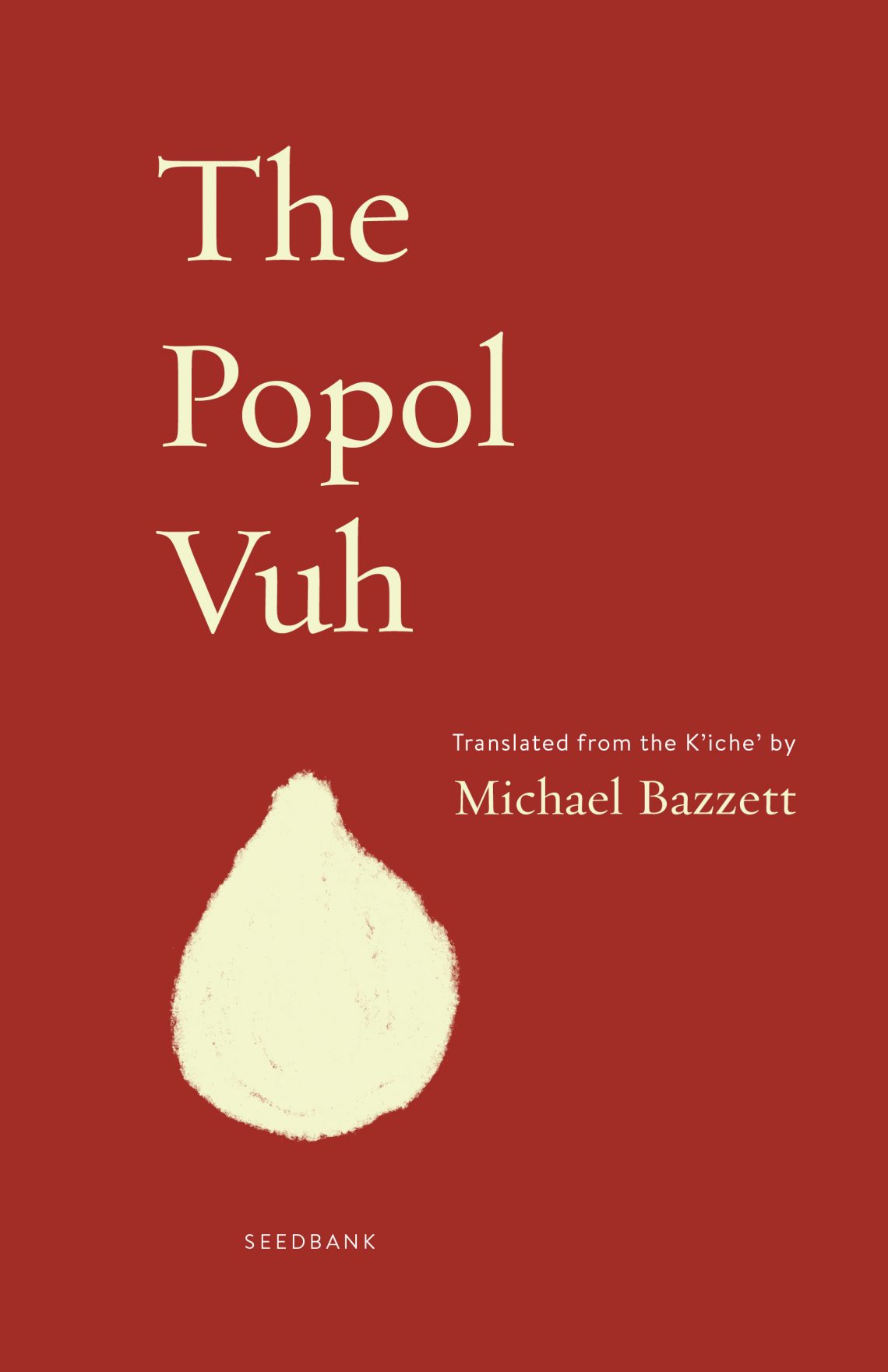The Popol Vuh, the book of the woven math, made me reflect a lot about the many ways that culture, time, and words are intertwined, woven together, influencing each other. In Media Theory we learn with Marshall McLuhan how oral cultures see time happening ‘here and now’, ideas are connected with additives such as ‘and’ instead of connectors that excludes ideas (‘or’), and words are used to bring a subject into existence and presence, into this almost eternal present, through the lively and spoken word, conversations, dialogues, etc. On the other hand, literate culture understand time as more linear, because ideas do not belong only to the time of speech anymore (as soon as you stop speaking, sound is gone, the idea is also gone, it ceases to exist) but also belongs to the time of the written word, a time where words and ideas are organized beyond the body, in another medium, and therefore ideas do not need to be spoken to exist. In the introduction of Popol Vuh, the author mentions that the Maya were highly literate with an alphabet both glyphic and phonetic but there were no attempts of lineation or verses in the manuscripts of Popol Vuh as it was an uninterrupted set of ideas. It is interesting how despite their literacy, they seem to preserve oral traditions of understanding time and organizing ideas that challenges notions I learned in Media Theory – perhaps because they depict a time of no time, the time of myths, where the oral tradition, the spoken word, begins to exist with the creation of the universe in Popol Vuh. “To make earth they said Earth” and the fact they create men out of maize so the Gods are named makes me think about how, in oral culture, they understand spoken words to be the reason things exist and continue to exist in a continuous present… and how perhaps by writing down the history of K’iche in Popol Vuh the Maya immortalize even more their existence although perhaps their understanding of a past is more clear compared to exclusively oral cultures, especially considering the lineage included in Popol Vuh. The notion of il’bal itself as described in the book has this ambiguity of oral x literate culture since il’bal means ‘instrument of sight’ and it was how the Maya referred to early manuscripts while the book says the history in the manuscripts represents an echo (relating it to oral culture) across time.
The myth is very interesting and intriguing to me especially because the word carries so much importance for the K’iche to the point that the whole history revolves around it – a history that has been resignified, repurposed, and remediated across time and spaces of different mediums.
I guess this whole text was a big question about how their different mediums and ways of communicating ideas influenced their understanding of time (past, present, future), community (thinking about lineage), and the place the ‘word’ occupies in K’iche society… and how their words keep being remediated until this present moment.


Jon
January 17, 2024 — 2:02 am
Yes, this is a text that feels to me as though it’s on the threshold of literacy, with many traces of oral culture, as you say. As I think I said in class last week, the interaction between orality and literacy is going to be a major theme also in the texts we read in coming weeks. These are not two closed off worlds but, already in the Popol Vuh, worlds that are interact (and to some extent conflict) in complex ways.